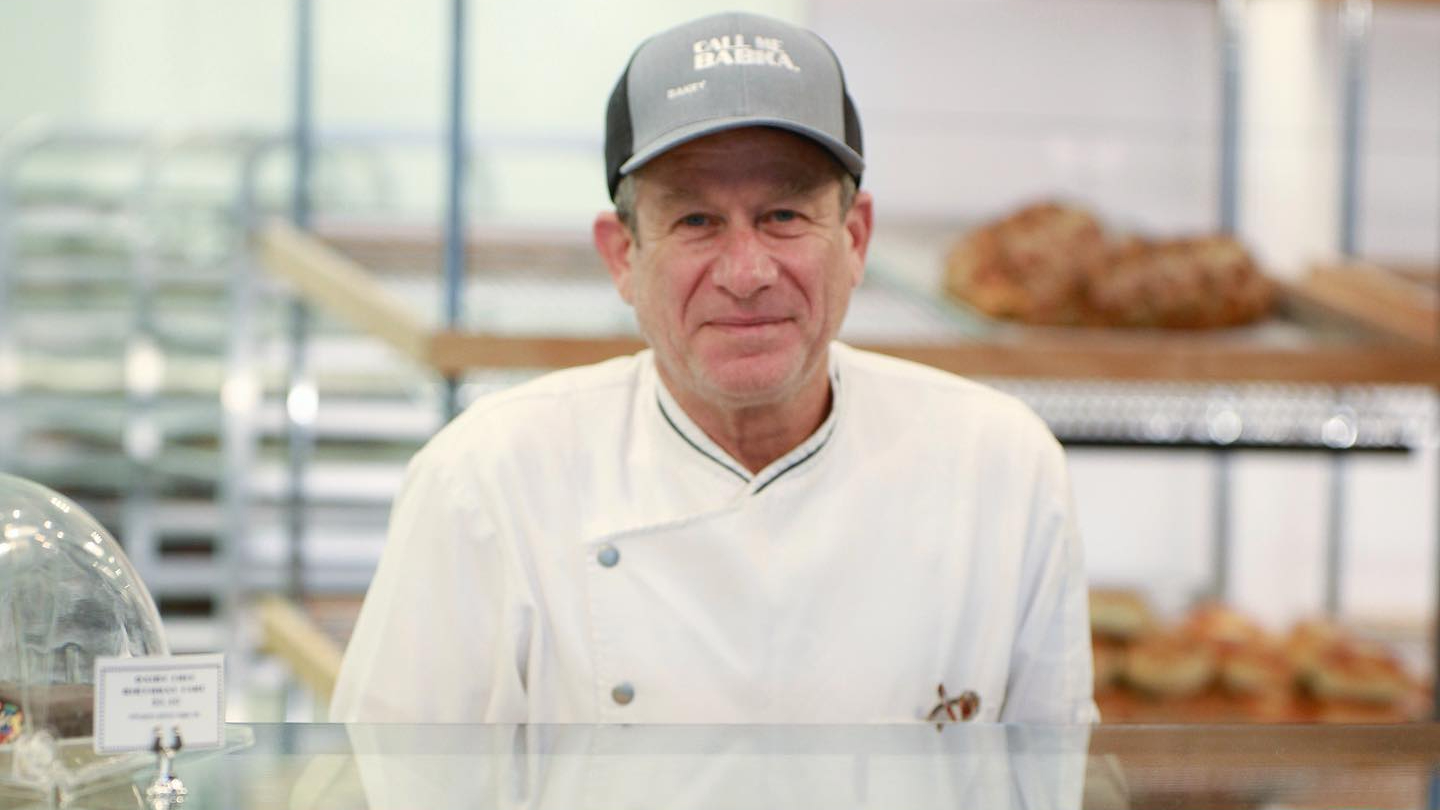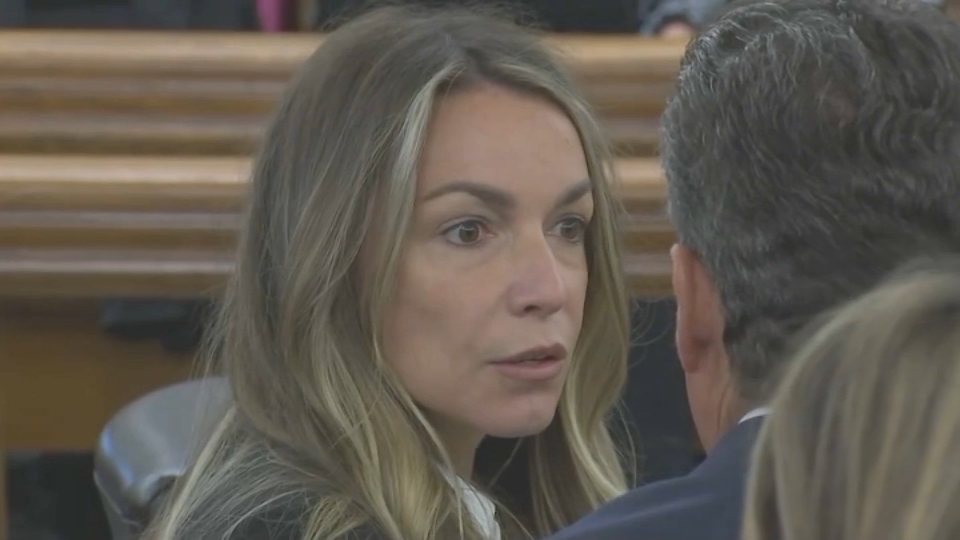For the last two years, the MBTA says that crime was on the uptick.
But after making several changes earlier this year, the system is on track to see historic lows for crime.
"I've been riding the train since I was 10. I'm 50 now. Never had an issue," said Tim Mitchell, a T rider.
That was until two years ago, when he left his bike at JFK Station.
"I left it there. I went to work, came back and it was gone," Mitchell said. "I was kind of mad."
MBTA Transit Police told necn Investigates that from 2014-2015 there was an 8 percent increase in crime.
One of the most common crimes was people simply not paying their fares. But at South Station, transit police say they have a bigger problem with larcenies.
Local
"What happens often times is a passenger plugs in their electronic device to charge it, they'll walk off to get a cup of coffee or something to eat and then they come back and their device is gone," said Richard Sullivan, superintendent of the MBTA Transit Police.
So far, 39 crimes have occurred this year at South Station, making it the place where a crime is most likely to happen on the T.
"If you factor in the amount of people who pass through here on a daily basis, it's a very low number," Sullivan said. "However, we do take the position that one crime is too many."
Transit police said their efforts are also focused on the Orange Line's Forest Station, where so far this year, 26 crimes have occurred - many of them consisting of assaults.
Another station they're watching closely is Davis Square in Somerville, which is popular for bike thefts. So far, there have been 23 crimes there this year.
There's still some crime, transit police say the number of incidents is down by 30 percent this year due to a change in tactics that started in March.
"Here at South Station, I do see a lot of police officers," said Gigi Moses, a regular T rider.
Transit police said additional officers are being deployed at stations. And then there's also what you can't see when you're on the train - what the department refers to as predictive policing.
"We will take an analysis of the previous 24 to 48 hours and couple that with multiple factors and formulas and we will try to predict where a crime may occur and deploy police officers there," Sullivan said.
So far, he said that tactic is working.
"We're on pace to have historic lows that we haven't seen in 15 years," Sullivan said.
So where are the safest stops?
Along the Blue Line. So far this year, there have been no crimes reported at either State Street or Government Center stations.



